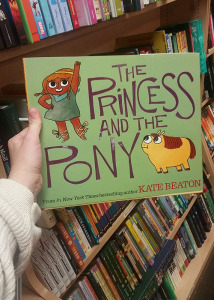Made for TV movies about true stories have a few strikes against them from the beginning. Often, due to time constraints, real life events are condensed, which diminishes the dramatic impact. The limited production values also make them look cheap and campy, which is fine if you’re telling, say, The Jayne Mansfield Story, but isn’t so great if you’re dramatizing a horrific murder-suicide, as in 1981’s Death of a Centerfold, a movie that tries hard to be high drama, but ends up looking like a reenactment on America’s Most Wanted.
Based on the death of Playmate of the Year Dorothy Stratten, a true story far too gruesome to be watered down and made appropriate for network television (if you’re feeling in too good of a mood, read the Pulitzer Prize winning Village Voice article about it), it stars Jamie Lee Curtis as Dorothy, and Hill Street Blues‘ Bruce Weitz as Paul Snider, her husband and eventual killer. Both are woefully miscast–Curtis looks nothing like Dorothy, and, though she makes a yeoman’s effort, she just isn’t convincing as a wide eyed naif whose blind trust in the men in her life ultimately seals her doom. While Weitz is absolutely convincing as a murderous scumbag, he’s simply too old to play Snider, only in his late twenties when the events of the movie take place, though he does wear a series of impressive gold medallions, including an Italian horn pendant that looks to be nearly two inches long.
After a cheesecake photo session over the opening credits, we very briefly get to know Dorothy before the fame and the tragedy. A sweet, shy teenager, she’s stunningly beautiful, but of course completely unaware of it. Into her life one day comes Paul, a satin cowboy shirt wearing lowlife who dazzles Dorothy by trying to pay for a .55 cent ice cream cone with a hundred dollar bill. Because there is limited time to give the characters any dimension, Paul comes off as such a broad parody of a sleazy con man that it ultimately ends up making Dorothy appear naive to the point of child-like. Despite the fact that she grew up in Vancouver, the third largest city in Canada, Dorothy is impressed to the point of befuddlement over Paul’s pinkie rings and round bed fancy livin’.
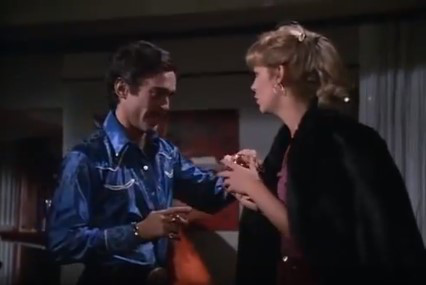
Though Paul seeps malevolence like pizza grease, even when he’s trying to be loving and tender, Dorothy adores him, and is disappointed when absolutely no one else in her life feels the same way, particularly not her aunt (Bibi Besch), who tells her “He’s after something, and I’m not just talking about you know what!” That something is making Dorothy into a star, which he does by demanding that she go braless in a plunging neckline dress and lying about her age so that a photographer buddy will agree to do a racy shoot of her. After the weakest of protests, Dorothy is won over by Paul’s promises of Hollywood fame and fortune, and they submit her photos to a Playboy talent search.
Dorothy’s photos make the cut, and she’s invited to stay at the Playboy Mansion. A smalltown hayseed from a city which is basically the Canadian equivalent of Los Angeles, Dorothy goggles at such mysterious objects as “limousines” and “swimming pools.” She meets Hugh Hefner (Mitchell Ryan), who takes an immediate shine to her. All things considered, of the three men who figure prominently in Dorothy’s life, Hef comes off the best here, kind and paternal, and not wanting to push such an innocent, sweet girl into anything she doesn’t want to do–which, in real life, was not the case, not with a lot of Hef’s “girlfriends,” and probably not with Dorothy.
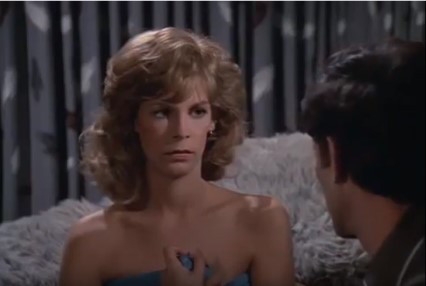
In that previously mentioned condensed storytelling unique to made for TV movies, the time elapsed between when Paul and Dorothy first meet and when Dorothy is invited to stay at the Playboy Mansion only seems to be a month or so, when in reality it was about a year. Paul joins Dorothy in Los Angeles, and appears to be there only a day or so before he bristles at the attention Dorothy–whom he encouraged to be a nude model, let us reiterate–receives from other men. Despite his lofty goals of stardom for Dorothy, Paul doesn’t seem to understand how show business works, in that Dorothy will be expected to take meetings with people who aren’t impressed by Paul’s exposed chest hair and Vancouver street cred (though the planet where anyone would be impressed by Paul has yet to be discovered).
Meanwhile, largely without Paul’s help, Dorothy’s star is on the rise. In addition to being chosen as Playmate of the Year, she draws the eye of writer-producer David Palmer (played by Robert Reed, and ostensibly based on Peter Bogdanovich), another older man who thinks he knows what’s best for her, except the difference between him and Paul is he has class and actual pull in Hollywood. Though she’s clearly attracted to David, Dorothy marries Paul. Marital bliss is short-lived, however–literally, as just two scenes later they split up, and Dorothy moves into David’s mansion.
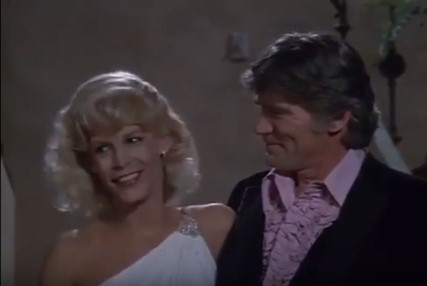
Despite finding happiness and stability with David (or at least stability), Dorothy still feels a great deal of loyalty to Paul, who…well, we’re not quite sure what Paul has done for her, considering it’s her face and body that made her famous. Nevertheless, Dorothy steadfastly insists, with a doomed look in her eyes, that she owes him her entire career, and can’t just leave him to crawl back to Canada with his tail between his legs. As the film edges closer to its tragic conclusion, Dorothy begins to act as though she has foreseen her fate, and is quietly giving into it, making emotional phone calls to her family, and all but saying goodbye to her friends.
The final confrontation between Dorothy and Paul plays out like some weird, awful stage play, where they take turns crying and screaming at each other, and then Dorothy just sits there and waits for Paul to take a shotgun from his closet and murder her. I will spare you the details of the real life event, and indeed it’s not entirely known what sort of horrors occurred in the hours leading up to the real Dorothy’s death, but it’s highly unlikely that she didn’t simply just sit there and accept that this is the inevitable outcome of her relationship with Paul.
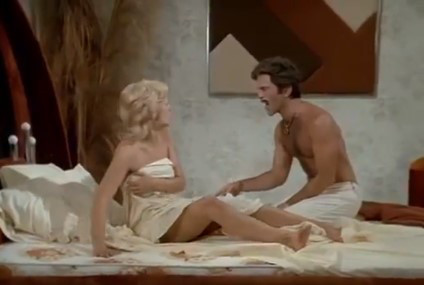
While capably made, and not as lurid as one would expect given the circumstances, what is essentially a Cliffs Notes version of the life and death of Dorothy Stratten lacks the dramatic impact one would assume such a story should have. Though Paul Snider, of course, deserves no sympathy, the film lacks nuance, or any explanation as to why Dorothy, naive but not an idiot, would still feel some sense of responsibility (and even love) for him, despite his awful behavior. He’s a dirtbag when he comes into the movie, and he’s a dirtbag when he goes out, and there’s simply no way anyone would buy what he’s selling. For all that we’re shown, it seems as though the only thing Paul does for Dorothy is take her out to dinner a couple times and then introduce her to a photographer, which makes her stubborn loyalty to him all the more baffling. No one would let the Paul of the movie help them change a tire, let alone allow him to talk them into posing nude.
The movie does ever so briefly explore the notion that Dorothy seems to be chafing against her relationship with David, who also wants to “take care” of her (which is, of course, a polite way of saying he wants to control her). One can assume that the real Dorothy, pulled on all sides by the responsibilities of being a rising young star, and more importantly, by the men in her life (which included the “paternal” Hugh Hefner) wanted to try living life for herself for a little while, and that would have made a far more interesting story, as would Hefner and Peter Bogdanovich spending the next few years after Dorothy’s death publicly debating over which one of them was more devastated by it (Bogdanovich ultimately won by marrying Dorothy’s younger sister, because why wouldn’t you). A beautiful young woman treated in death as she was in life, as an object to be fought over and claimed by men, makes for a far more compelling plot than this prime time soap opera.
Original airdate: November 1, 1981
Watch it here
Advertisements Share this: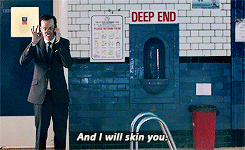
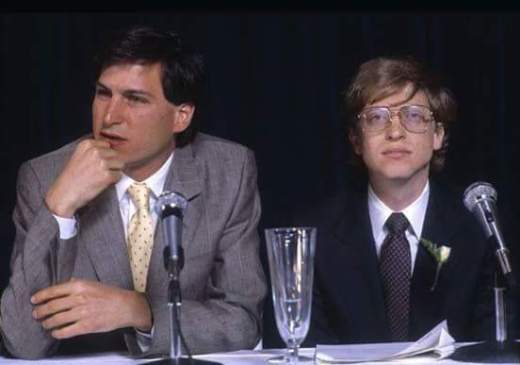

![25621846[1]](/ai/091/517/91517.jpg)
